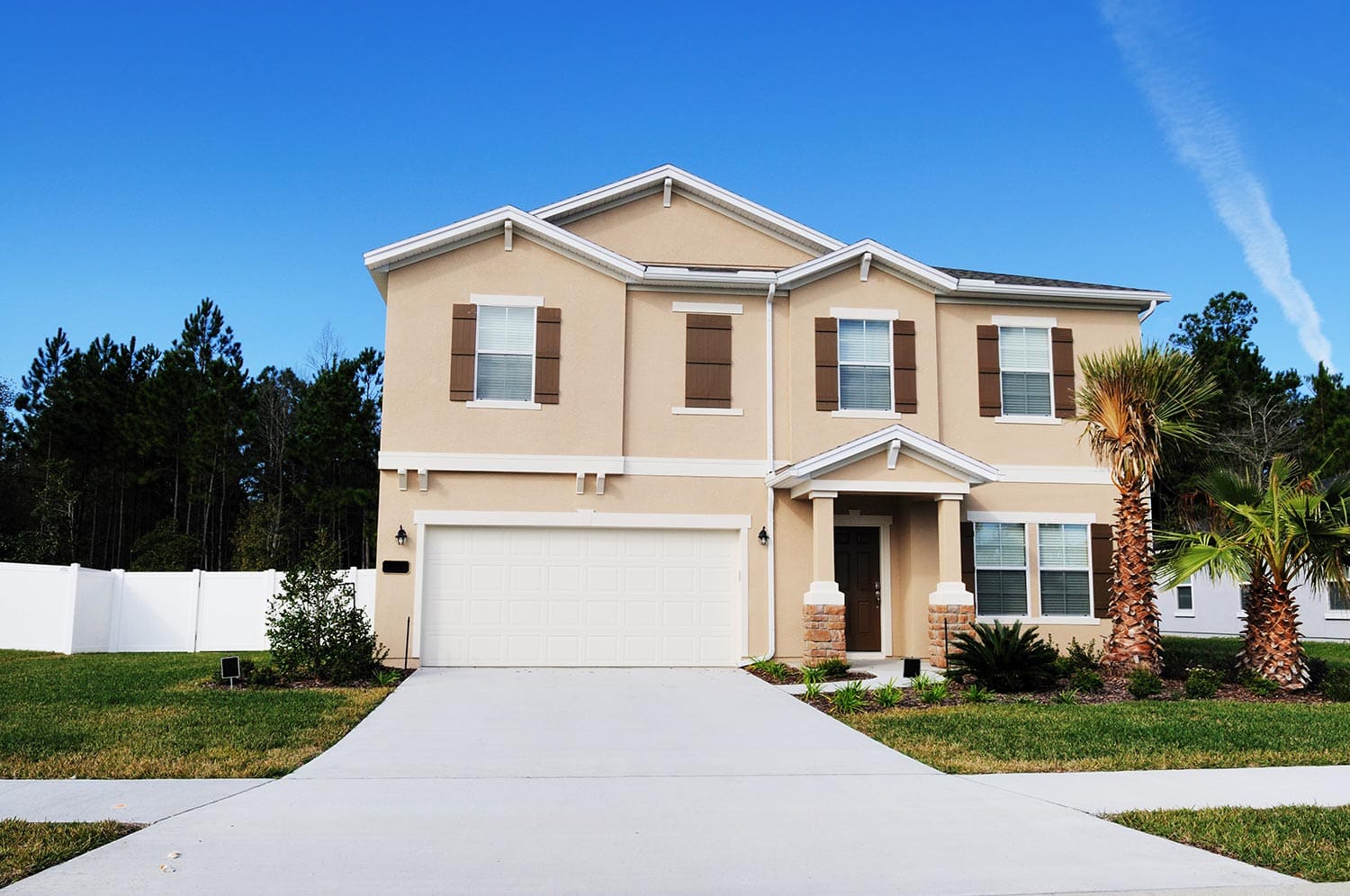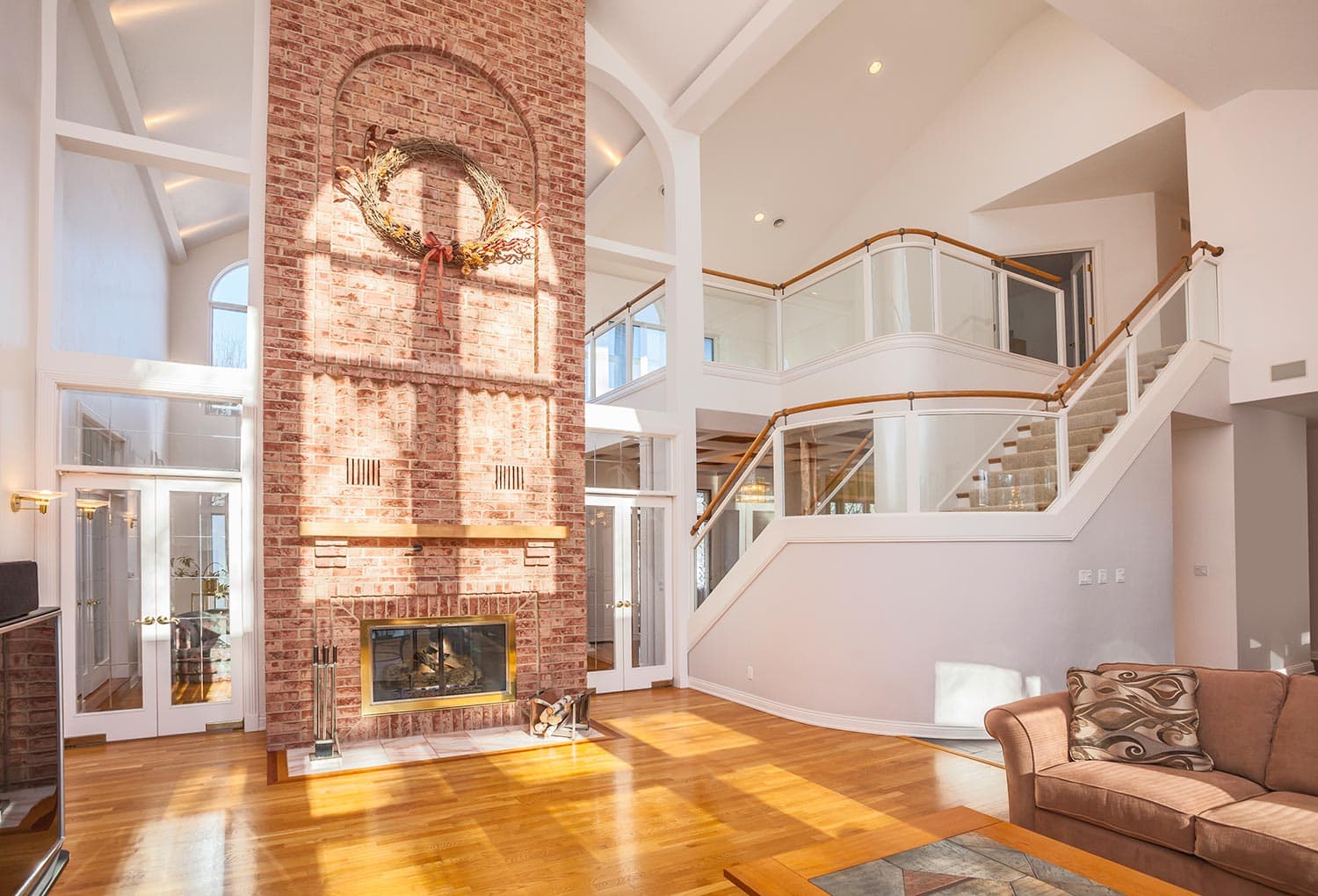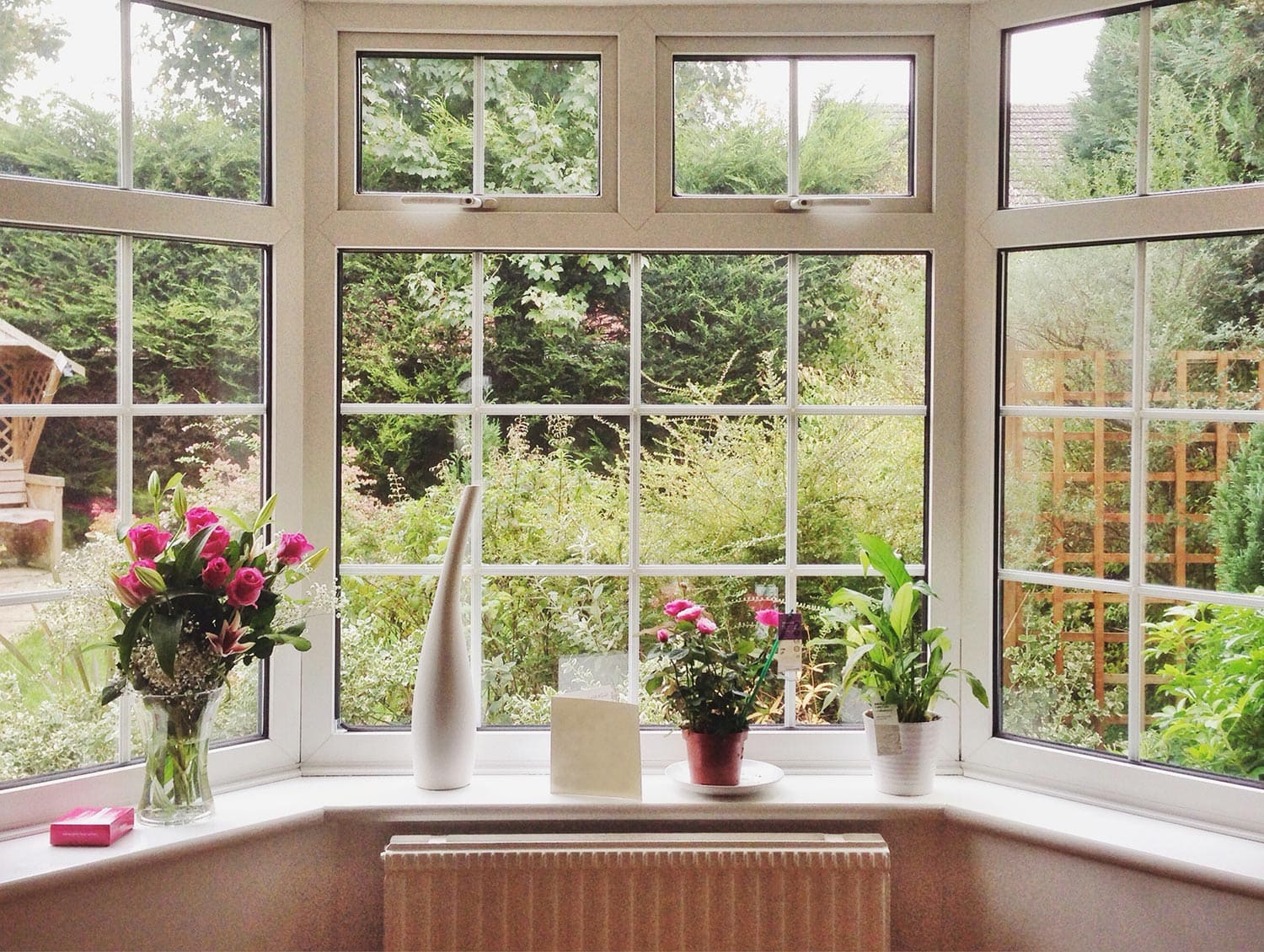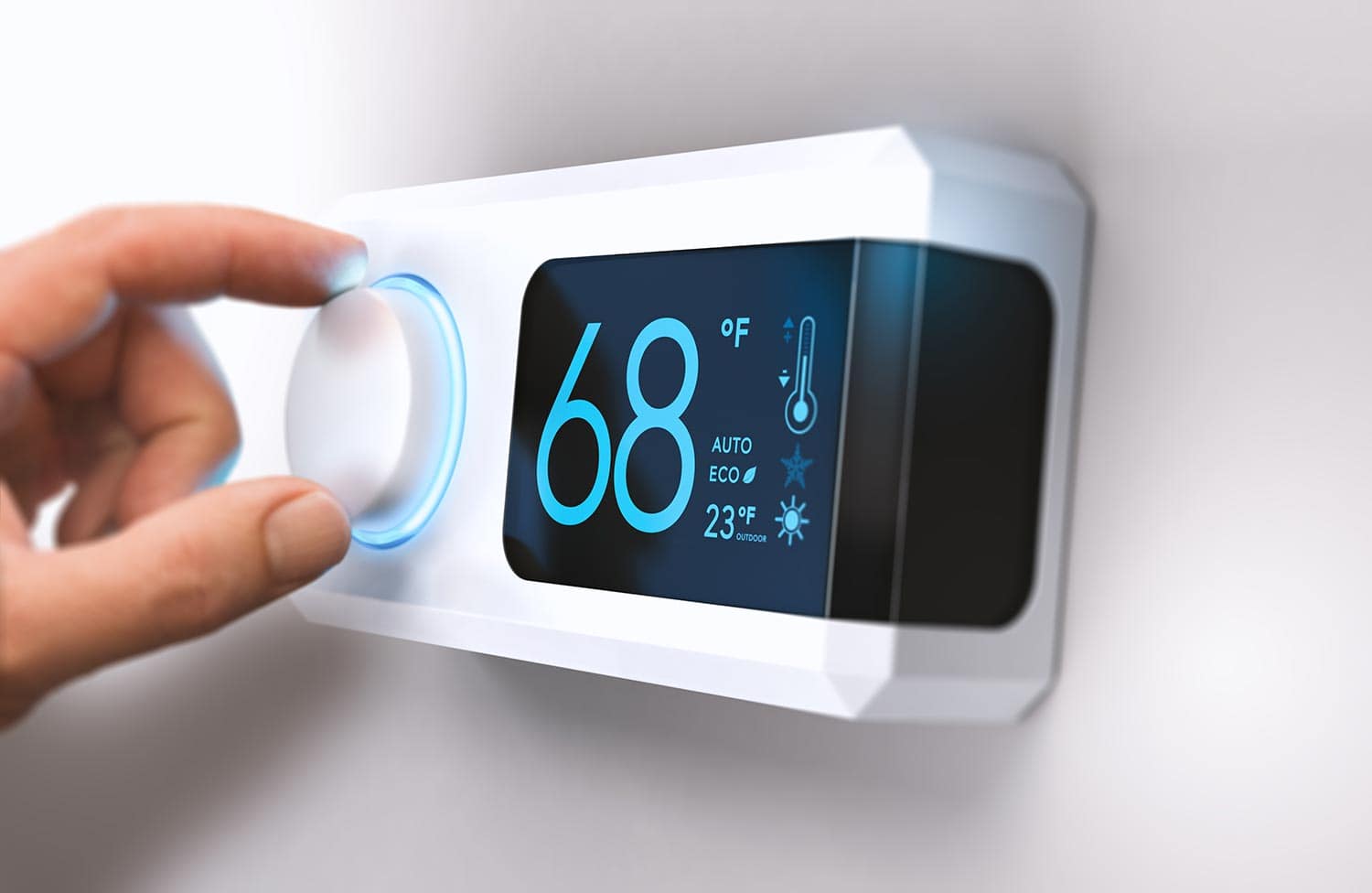Zoning your HVAC system helps balance the temperature of your home, making it more comfortable for your taste. But what if you have an existing HVAC system? Can you add zones to it, and how? We gathered answers for you, and here is what we found.
Yes, you can add zones to an existing HVAC system. To convert your existing HVAC system to a zone system, you must do these:
- Install a zone control panel.
- Upgrade your thermostats.
- Integrate zone dampers into your ducts.
But why do you have to zone your HVAC system? What are the pros and cons of doing it? Also, how much does it cost to add zones to your existing HVAC system? You may also ask, what if your home is not suitable for zoning; are there other options? Read on as we go in-depth with HVAC system zoning.

How to Make a Zone System Out of Your Existing HVAC System
As mentioned, you must do these steps to add zones to your existing HVAC system:
- Zone control panel installation.
- Thermostat upgrade.
- Zone dampers integration into ducts.
Now, let's discuss how to work each step and how they help in adding zones to your existing HVAC system.
1. Zone Control Panel Installation
To its name, the zone control panel is the central device that allows you to regulate the various components of your HVAC system.
The zone control panel, which is essentially the brain of your HVAC systems, allows you to transfer information between your thermostats, dampers, and heating and cooling units so that everything works in perfect harmony. Your equipment will attach the panel, which is simple to reach and use thanks to modern technology.
2. Thermostat Upgrade
The temperature in different zones of your home is displayed on your thermostats. You can adjust the temperature in practically every room in your house by connecting your current thermostats to the control panel.
You can also achieve this by installing a smart thermostat.
3. Zone Dampers Integration To Ducts
Finally, the most important aspect of zoning your HVAC system is installing dampers to control airflow in each zone of your home. These dampers will be installed in your air ducts and then connected to the control panel's zone field.
As a result, the thermostat regulates the temperature while the panel regulates the airflow. Your dampers will open and close automatically in response to your thermostat and panel settings, ensuring optimal airflow and comfort throughout your home.
You'll have a completely functional zonal HVAC system once your control panel, thermostat, and zone dampers are all installed and working together.
When Should You Zone Your Home's HVAC System?
Not all homes are the same. There are instances and certain types of housing and living arrangements that would benefit more if the HVAC system is zoned. You may need to zone your home if you:
- Live in a multi-level home
- Have high ceilings
- Have picture, bay, or large windows
- Temperature of your rooms is always different
If You Live In A Multi-Level Home

Because heat rises, a multi-level home can feel hotter upstairs than downstairs. Instead of trying to control both floors with one thermostat, you can use HVAC zoning to establish different temperatures for the upstairs and downstairs areas of your home.
If You Have High Ceilings

Heat rises and becomes trapped the way to the top of your home's ceilings, leaving you shivering on the ground level. A zoned HVAC system can solve this problem by raising the temperature of the room more regularly, allowing more heat to flow, and making the area warmer overall.
Creating a separate zone in a room with high ceilings allows you to keep the temperature comfortable without overheating the rest of your house.
If You Have Picture, Bay, Or Large Windows

The temperature of a space can be significantly affected by sunlight. If you have a large window, such as a picture window, a bay window, or a floor-to-ceiling window, more sunshine will enter the room, raising the temperature.
AC zoning allows you to create separate zones for rooms with multiple windows, allowing you to lower the temperature in that space without affecting the rest of the house.
If The Temperature Of Your Rooms Is Always Different
Zoning may be ideal for you if none of these characteristics apply to your home but each room has a distinct temperature. There are different reasons why your home's temperatures are inconsistent, and managing each room with a single thermostat won't solve the problem.
Zoning allows you to maintain a constant temperature throughout your home or vary the temperature in each area to whatever you like.
Pros And Cons Of A Zoned HVAC System
Here are the pros and cons of having your HVAC system zoned.
Pros
- More energy cost savings up to 40%
- Additional temperature control
- More personalized level of comfort
- Improved air quality
- Lowers the rate of wear and tear of your HVAC system
- The ability to modify the temperature in each room with ease
Cons
- Expensive upfront cost
- Hard to troubleshoot the system due to more components to check
- More failure points
- Needs professional help to install
How Many Zones Do Your Home Need?
Talking to an HVAC specialist is the best approach to figuring out the number of zones you need in your home. If you have significantly varied temperatures upstairs and downstairs in your home, one zone for each floor may be the best option.
Alternatively, you could create a zone for each room in your house or even a zone for each area of your house. There is no limit to how many zones you can have in your home!
How Much Does It Cost To Add Zones To An Existing HVAC System?
It costs $1,700 to $2,800 to add a second zone to an existing HVAC system, plus $350 to $500 for each subsequent zone.
The cost of an HVAC zoning system ranges from $1,700 to $4,500, depending on how many zones you want and whether the system is being added to an existing or new heating and cooling system.
What Factors Affect The Cost Of Zoning An HVAC System?
Here are some factors that influence the cost of your zoning system:
- Brand
- Type of zone damper
- Type of Thermostat
- System stages
- Type of Installation
- Cost of hired professionals
Brand
Zoning equipment with brand-name is more expensive compared to generic ones, but it has more functions and is more reliable.
Type of Zone Damper
Manual zone dampers are controlled by a handle located outside the duct. Motorized dampers are more convenient but more expensive because they are operated automatically by the zone control panel.
Type of Thermostat

Individual thermostats in each zone or sensors linked to a multizone thermostat that regulates the entire system are used in zoned HVAC systems.
In addition, if your thermostat is wired or wireless is also attributed to the cost of your zoned HVAC system. Wireless thermostats are more expensive, but they are simple to install and save on labor costs.
System Stages
A zoned HVAC system can either be single-stage or two-stage.
To reduce air pressure, single-stage HVAC systems need bypass ducts. Airflow is reduced without the use of bypass ducts in two-stage and variable-speed systems.
Type Of Installation
The cost of converting an existing HVAC system to incorporate zones is higher, especially if the installation is challenging in a tight attic space.
Cost of Hired Professionals
To successfully add zones to your existing HVAC system, you need to hire qualified people to do the job.
An HVAC professional studies the home's size, layout, solar exposure, and room usage before designing and installing the zoning system.
In some instances, you may also need to hire an electrician to install the circuit needed.
Why Is It Not Recommended To Add Zones When You Have A Single-Stage HVAC Equipment?
No matter how many zones are in use, single-stage systems blow air at full velocity, causing surplus air pressure in the closed ducts. Bypass ducts relieve pressure while increasing expenses and decreasing efficiency.
Final Words
While it is possible to add zones to an existing HVAC system, there are certain instances that you need to do so. Such instances range from your home style, temperature usage in your home, and more.
In addition, adding zones to an existing HVAC system entails more cost compared to starting it in new construction. Although other factors can also affect the cost.
While you're still here, you can check these related articles on our page:
